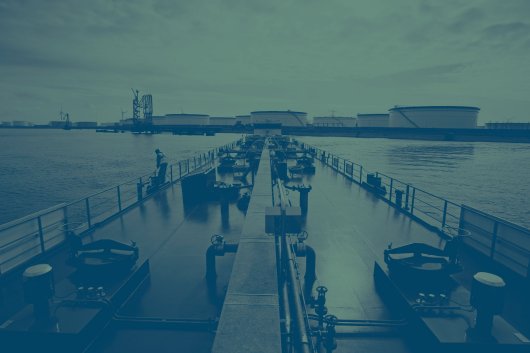Chemoil records $21.4m profit increase
Q2 profit rise is driven by healthy margins and strong demand within the bunker market.
Physical bunker supplier Chemoil has announced its financial results for the second quarter of the 2008 financial year. The company generated revenue growth of 96 percent to US$2.5 billion from US$1.3 billion in the same quarter last year. This was driven by an increase in energy prices and sales volume growth of 15 percent compared to last year.
During the second quarter of 2008, profit after tax was US$22.0 million compared to US$0.6 million last year. Profit after tax for the first half of 2008 increased by 32 percent to US$24.3 million.
Healthy margins from strong demand within the current bunker market, combined with operational efficiencies realized through Chemoil’s integrated supply chain, contributed to the earnings increase. Gross contribution per metric tonne (GCMT) also rose to US$10.52 during the last quarter compared with US$4.98 in the second quarter of 2007, and was achieved partly because of the adjustments made by the company to their hedging positions in light of the volatile oil markets.
Mr Clyde Michael Bandy, Chemoil’s Chairman and CEO said: “Chemoil’s position as a globally integrated physical marine fuel supplier has enabled us to continually drive sales volumes, increase margins and realize competitive advantages in today’s bunker fuel market. The investments we made in physical assets continue to allow us to increase sales volume and strengthen our service quality.
"Our Helios Terminal in Singapore has been fully operational throughout the second quarter of 2008 and we are already beginning to see how this facility has boosted our competitiveness in Singapore, the world’s largest bunker market. Likewise, our recently launched service in another key bunker market, Fujairah, showed good performance as the deployment of three double-hulled barges enabled Chemoil to grow market share and optimize efficiencies. Our delivery system operated efficiently during this quarter without the disruptions that were experienced in the second quarter of 2007.”
On the company’s improved GCMT, Chemoil’s Chief Financial Officer, Mr Jerome Lorenzo explained: “We benefited from our diversified global sourcing that allowed us to access reliable supplies of fuel around the world. This was coupled with strong demand from our customers who were confident about our service reliability. On the risk management aspect, recent changes to our hedging strategy of focusing on hedge instruments that had greater correlation with our physical inventory reduced our basis risk and enabled us to preserve the margins that we made on our physical supplies.”
Mr Lorenzo added: “As oil prices reached unprecedented levels, we were sufficiently supported by our banks which enabled us to service our customers’ needs. The current markets present opportunities for large suppliers like Chemoil to capture further market share.”
Mr Bandy concluded: “We benefited from our global sourcing capabilities and integrated supply network which allowed Chemoil to drive sales growth in our key markets and provide the flexibility to leverage supply opportunities. Going forward, as our customers continue to face greater pressure to realize efficiencies and meet new fuel regulations, Chemoil will continue to capitalize on our global infrastructure which ensures high service standards and reliability. As we continue to operate amidst a volatile climate, Chemoil’s management team continues to monitor market fluctuations closely to ensure that price risks are minimized wherever possible.“
During the second quarter of 2008, profit after tax was US$22.0 million compared to US$0.6 million last year. Profit after tax for the first half of 2008 increased by 32 percent to US$24.3 million.
Healthy margins from strong demand within the current bunker market, combined with operational efficiencies realized through Chemoil’s integrated supply chain, contributed to the earnings increase. Gross contribution per metric tonne (GCMT) also rose to US$10.52 during the last quarter compared with US$4.98 in the second quarter of 2007, and was achieved partly because of the adjustments made by the company to their hedging positions in light of the volatile oil markets.
Mr Clyde Michael Bandy, Chemoil’s Chairman and CEO said: “Chemoil’s position as a globally integrated physical marine fuel supplier has enabled us to continually drive sales volumes, increase margins and realize competitive advantages in today’s bunker fuel market. The investments we made in physical assets continue to allow us to increase sales volume and strengthen our service quality.
"Our Helios Terminal in Singapore has been fully operational throughout the second quarter of 2008 and we are already beginning to see how this facility has boosted our competitiveness in Singapore, the world’s largest bunker market. Likewise, our recently launched service in another key bunker market, Fujairah, showed good performance as the deployment of three double-hulled barges enabled Chemoil to grow market share and optimize efficiencies. Our delivery system operated efficiently during this quarter without the disruptions that were experienced in the second quarter of 2007.”
On the company’s improved GCMT, Chemoil’s Chief Financial Officer, Mr Jerome Lorenzo explained: “We benefited from our diversified global sourcing that allowed us to access reliable supplies of fuel around the world. This was coupled with strong demand from our customers who were confident about our service reliability. On the risk management aspect, recent changes to our hedging strategy of focusing on hedge instruments that had greater correlation with our physical inventory reduced our basis risk and enabled us to preserve the margins that we made on our physical supplies.”
Mr Lorenzo added: “As oil prices reached unprecedented levels, we were sufficiently supported by our banks which enabled us to service our customers’ needs. The current markets present opportunities for large suppliers like Chemoil to capture further market share.”
Mr Bandy concluded: “We benefited from our global sourcing capabilities and integrated supply network which allowed Chemoil to drive sales growth in our key markets and provide the flexibility to leverage supply opportunities. Going forward, as our customers continue to face greater pressure to realize efficiencies and meet new fuel regulations, Chemoil will continue to capitalize on our global infrastructure which ensures high service standards and reliability. As we continue to operate amidst a volatile climate, Chemoil’s management team continues to monitor market fluctuations closely to ensure that price risks are minimized wherever possible.“
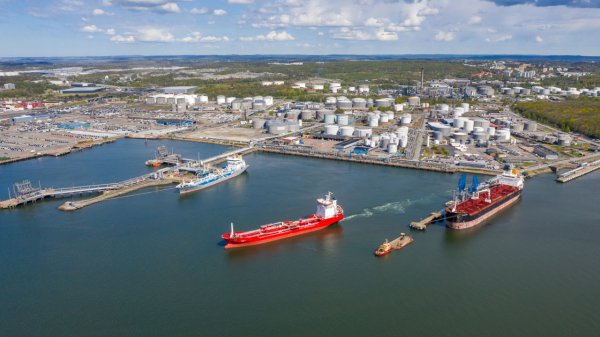
|
Swedish biomethane bunkered in Gothenburg
Test delivery performed by St1 and St1 Biokraft, who aim to become large-scale suppliers. |
|
|
|
||
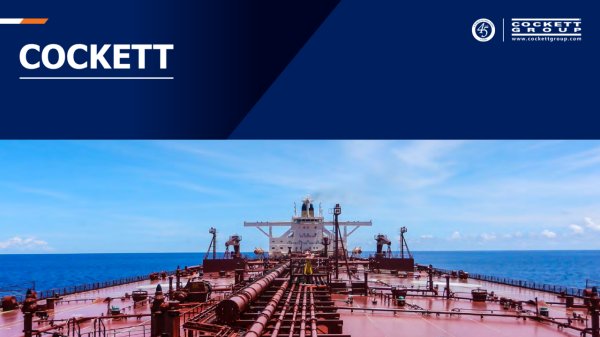
|
Cockett to be closed down after 45 years
End of an era as shareholders make decision based on 'non-core nature' of Cockett's business. |
|
|
|
||
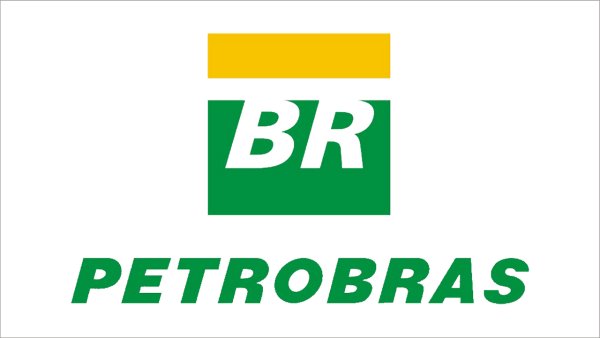
|
Petrobras confirms prompt availability of VLS B24 at Rio Grande
Lead time for barge deliveries currently five days. |
|
|
|
||
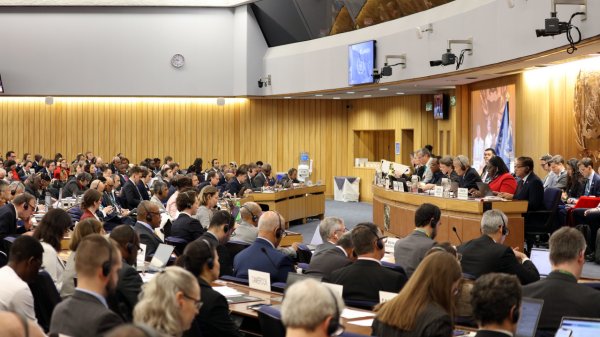
|
IMO approves pricing mechanism based on GHG intensity thresholds
Charges to be levied on ships that do not meet yearly GHG fuel intensity reduction targets. |
|
|
|
||
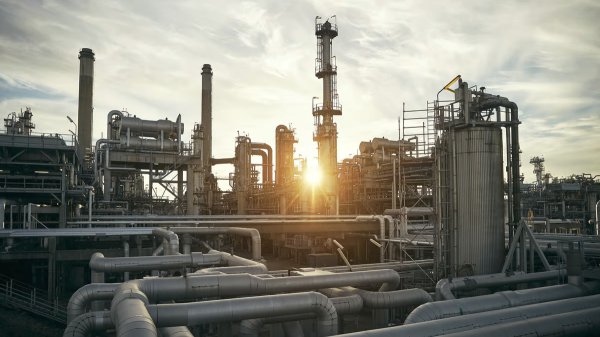
|
VARO Energy expands renewable portfolio with Preem acquisition
All-cash transaction expected to complete in the latter half of 2025. |
|
|
|
||
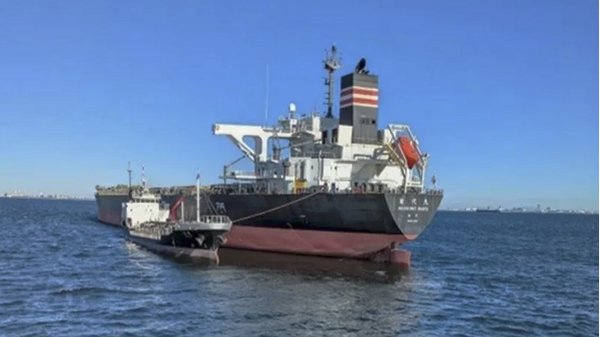
|
NYK trials biofuel in milestone coal carrier test
Vessel is used to test biofuel for domestic utility company. |
|
|
|
||
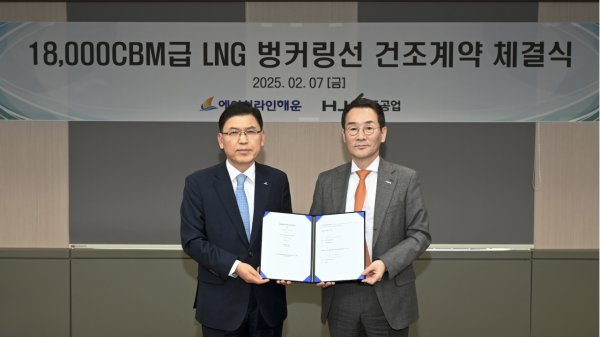
|
H-Line Shipping orders LNG bunkering vessel
Vessel with 18,000-cbm capacity to run on both LNG and MDO. |
|
|
|
||
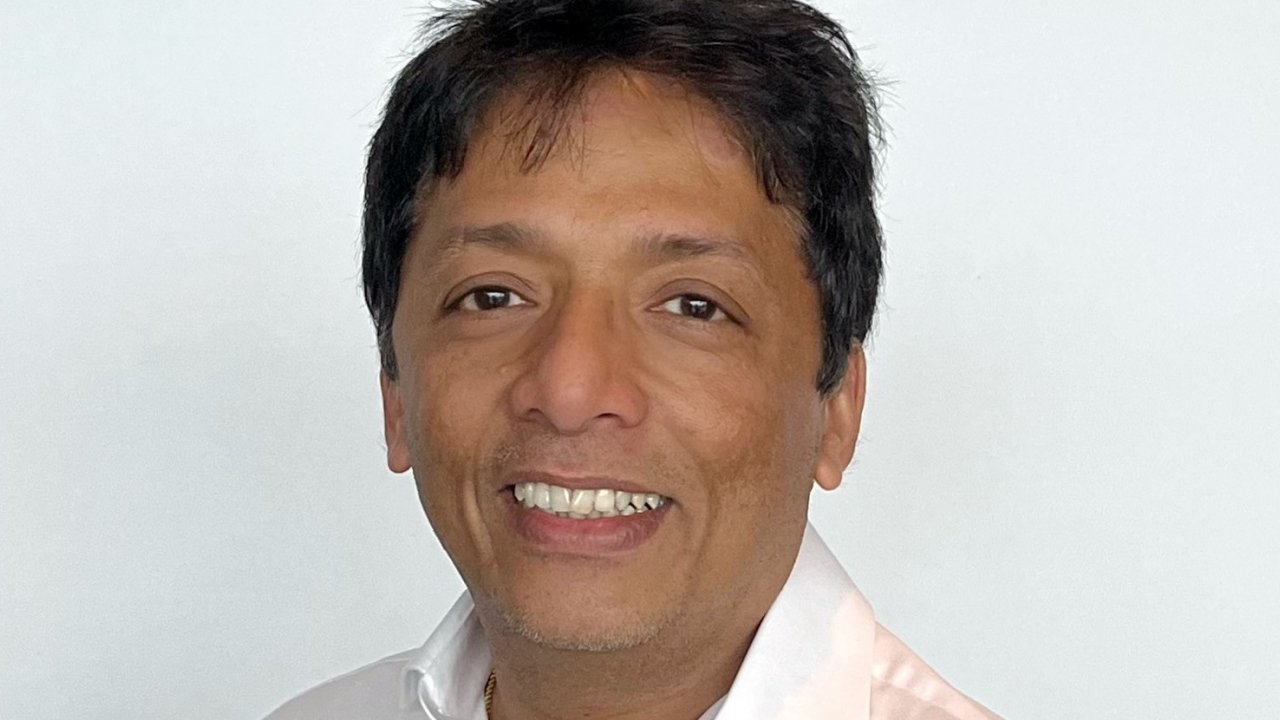
|
How to engineer and manage green shipping fuels | Stanley George, VPS
Effective management strategies and insights for evolving fuel use. |
|
|
|
||
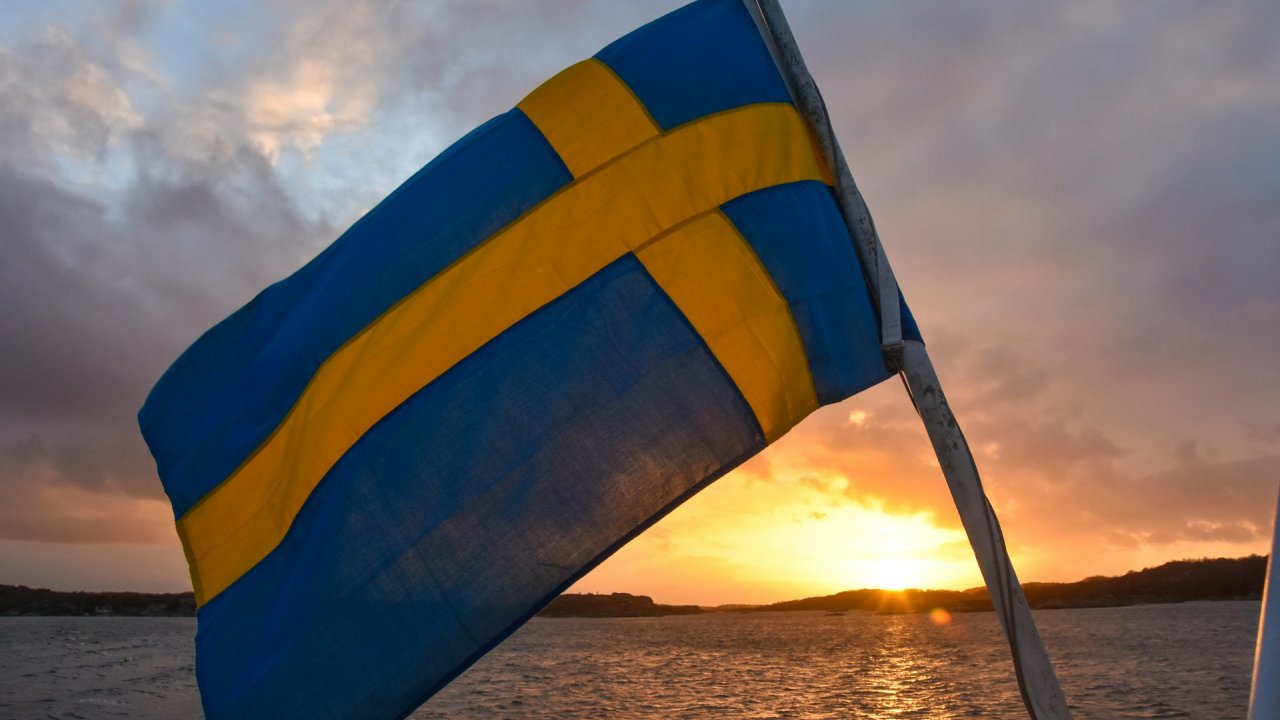
|
Swedish government bans scrubber wastewater discharges
Discharges from open-loop scrubbers to be prohibited in Swedish waters from July 2025. |
|
|
|
||
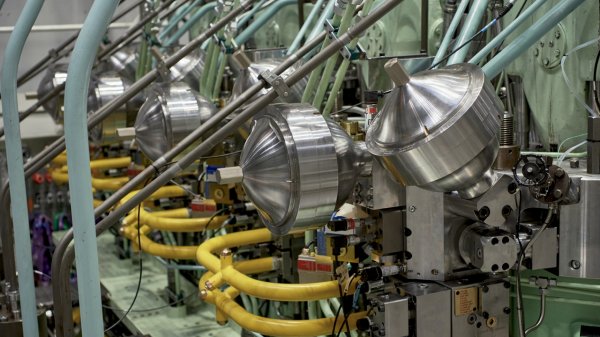
|
MAN Energy Solutions achieves 100% load milestone for ammonia engine
Latest tests validate fuel injection system throughout the entire load curve. |
|
|
|
||
Related Links
- · Chemoil adds tanker in Gulf of Mexico [Insights]
- · Chemoil adds third barge in Fujairah [Insights]
- · Chemoil opens sales office in Greece [Insights]
- · Chemoil appoints new head for Panama division [Insights]
- · United States [Directory]
- · Singapore [Directory]

